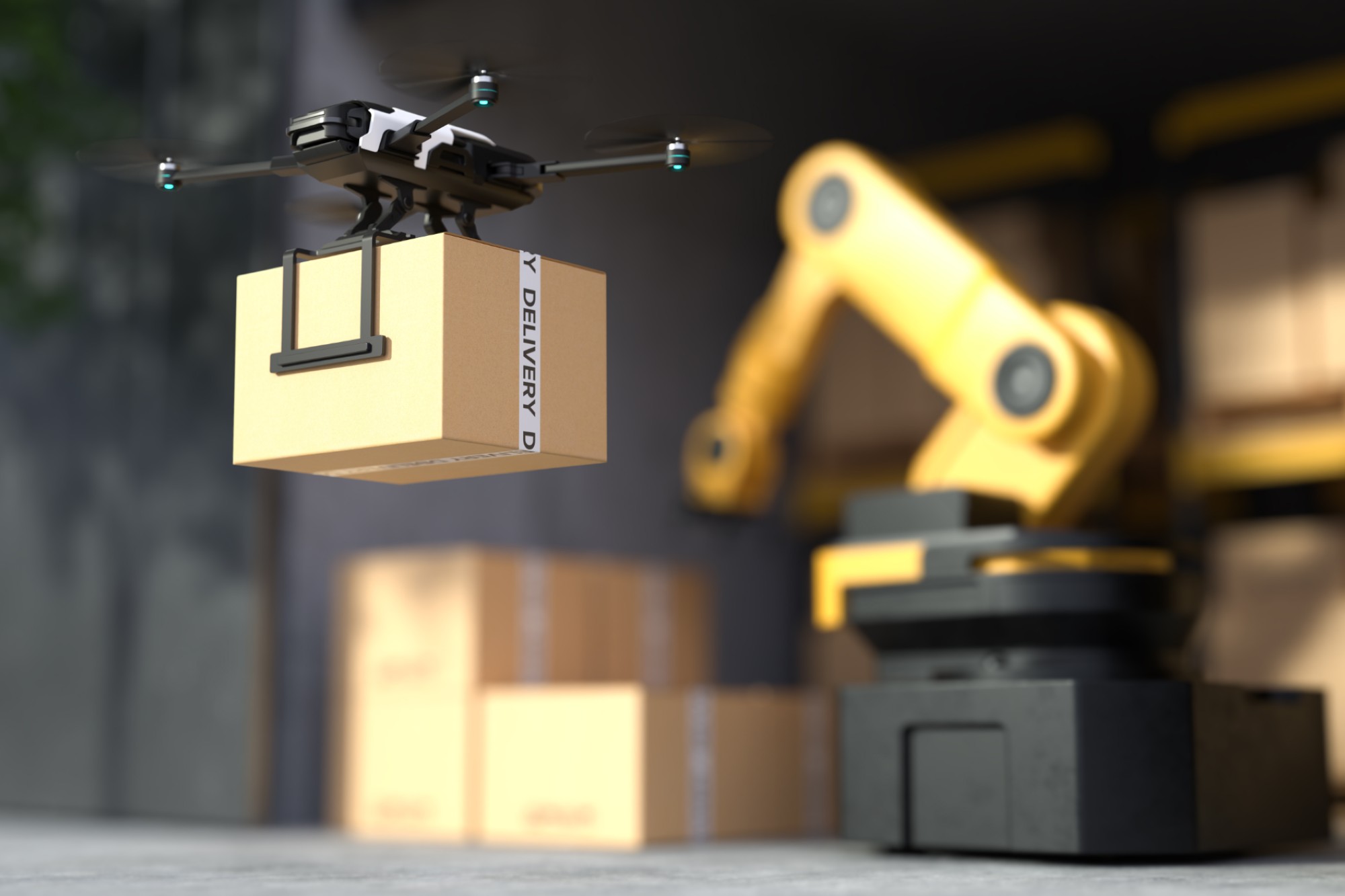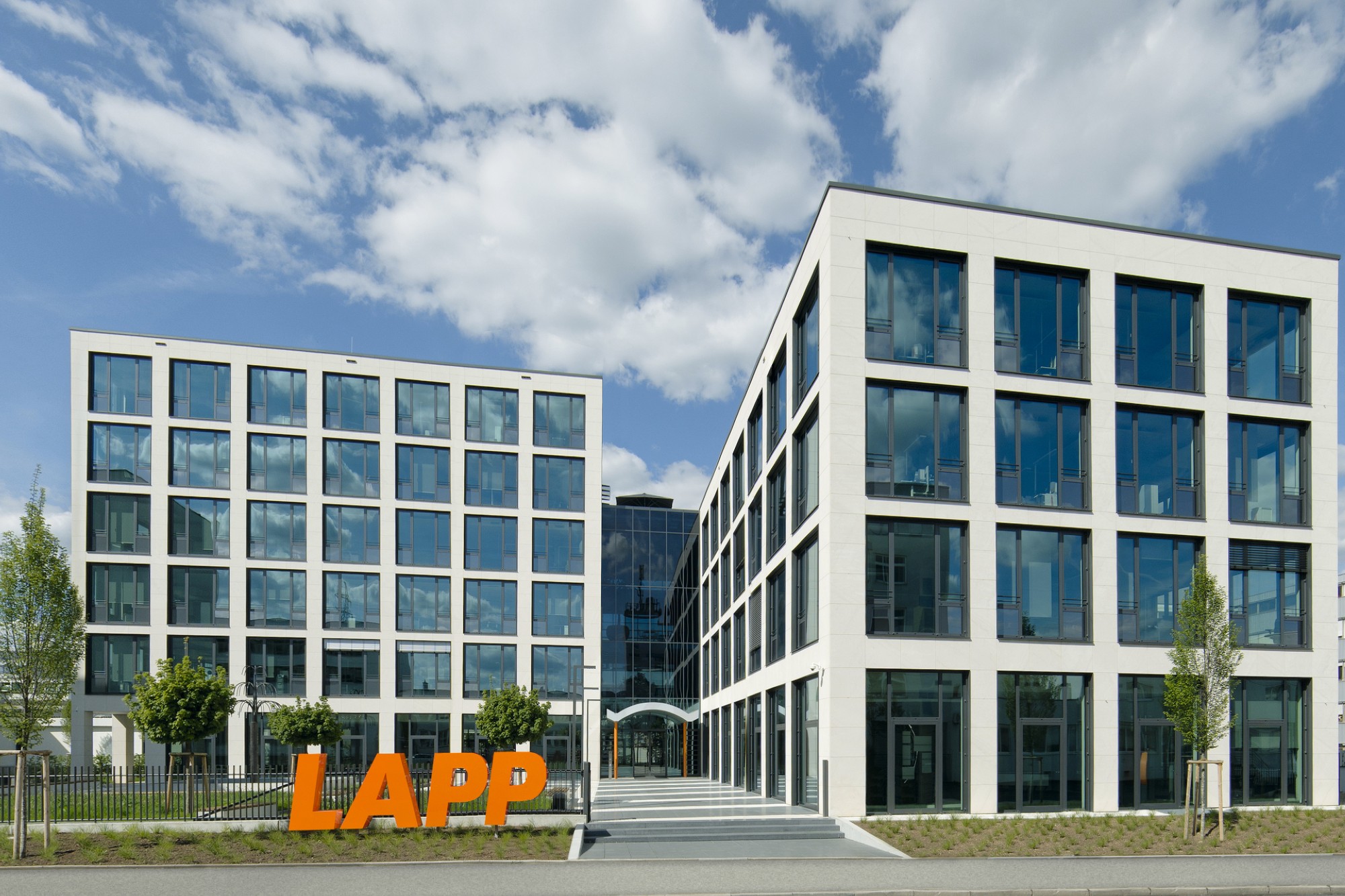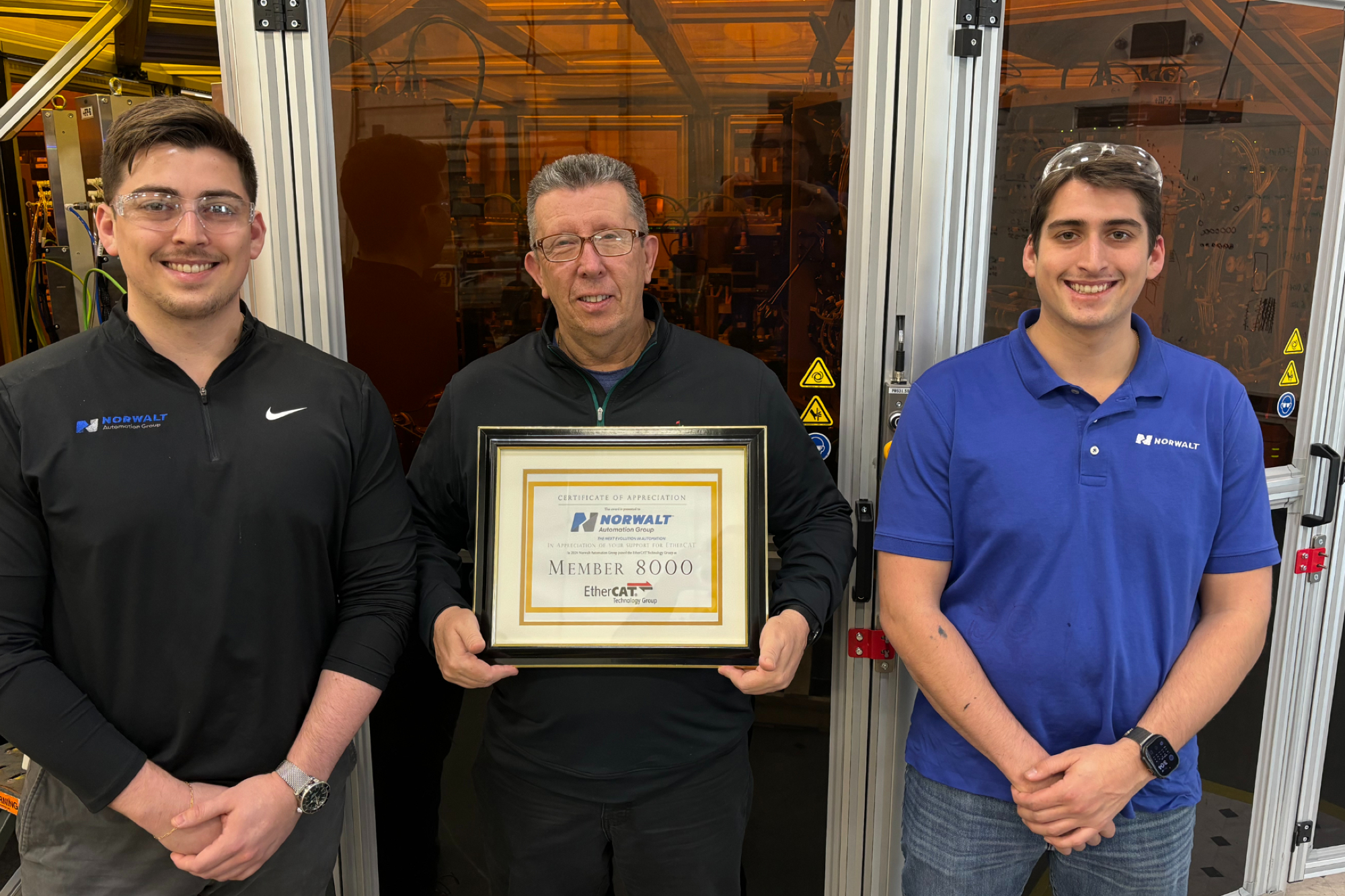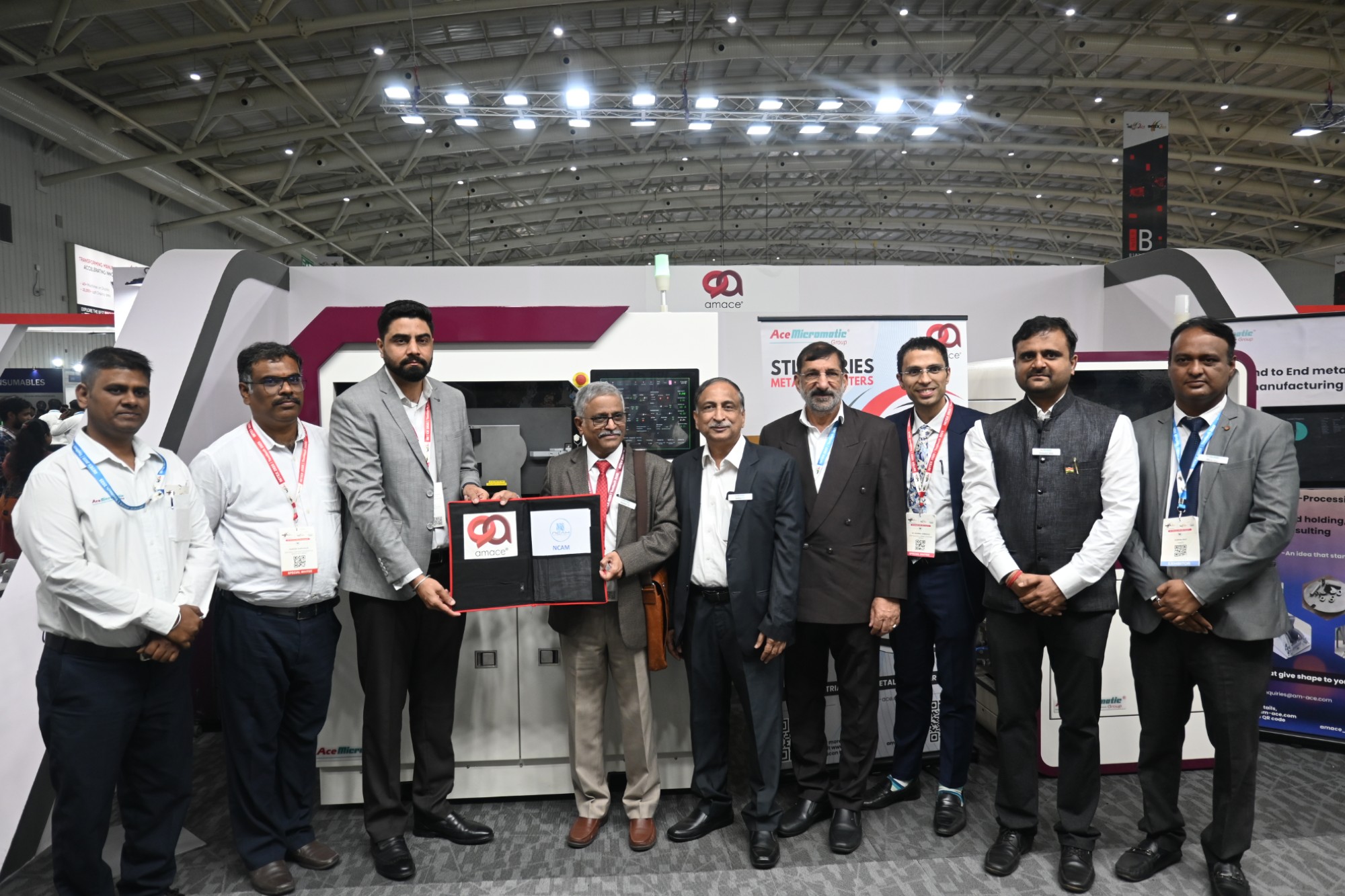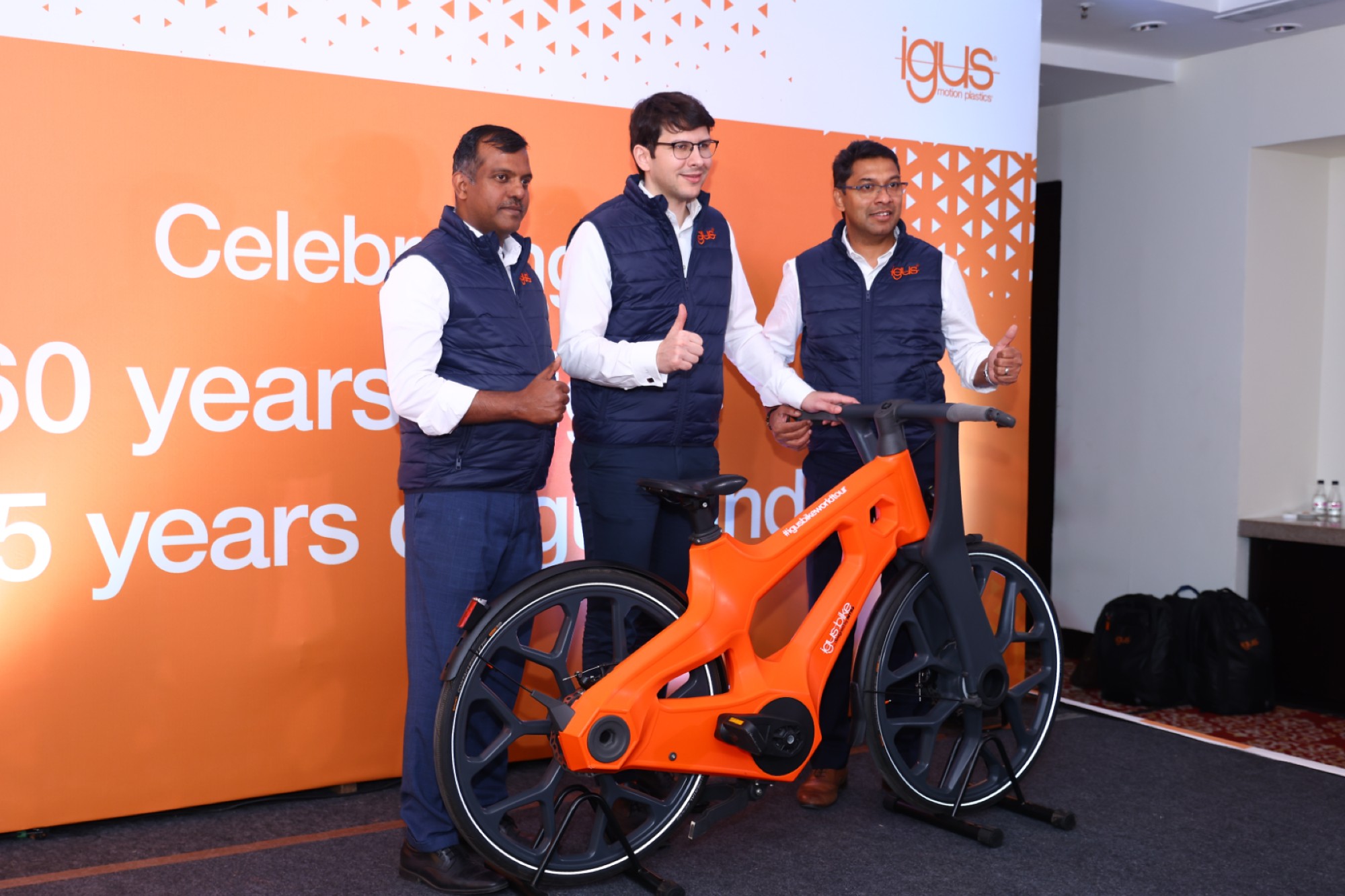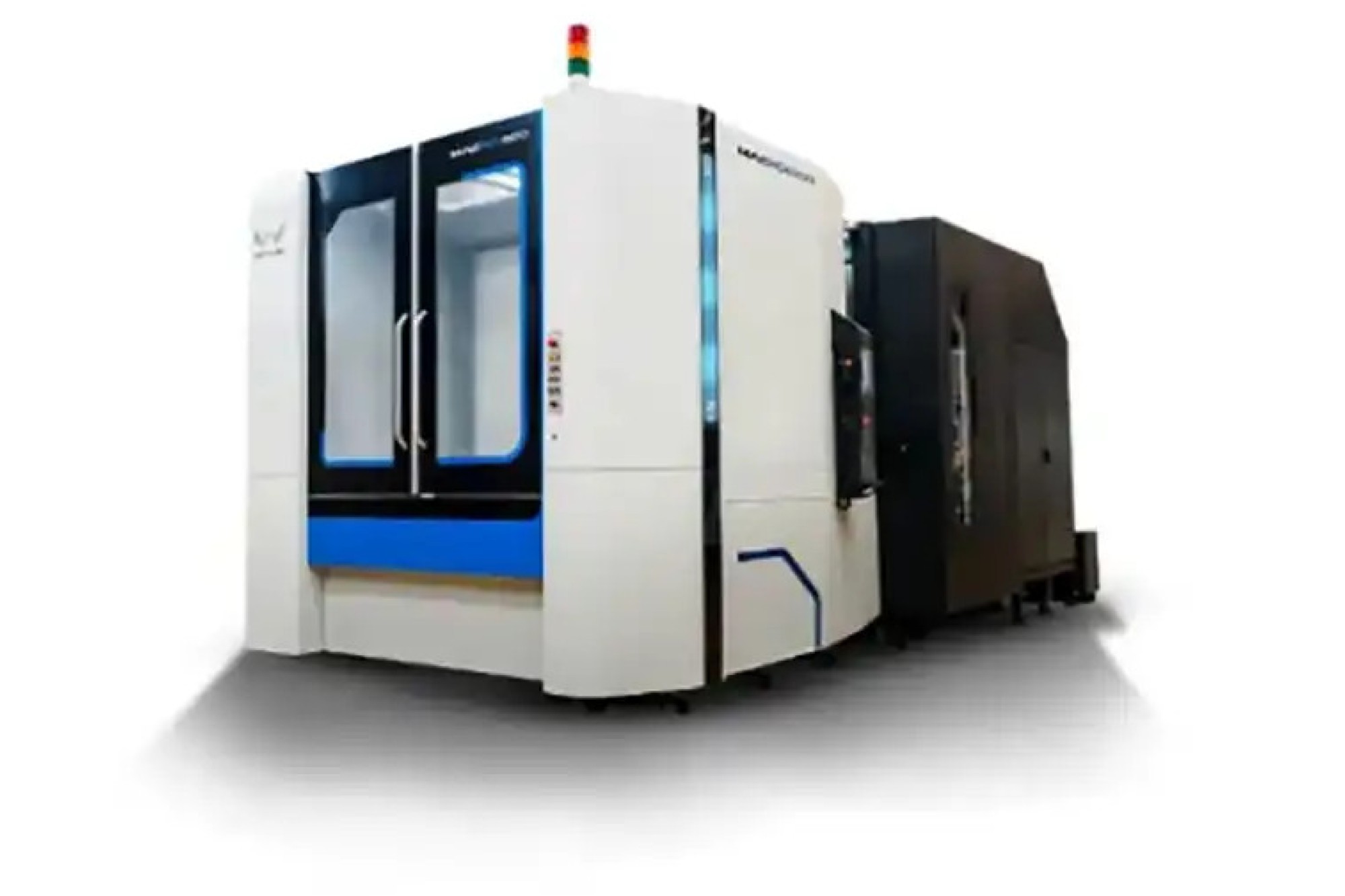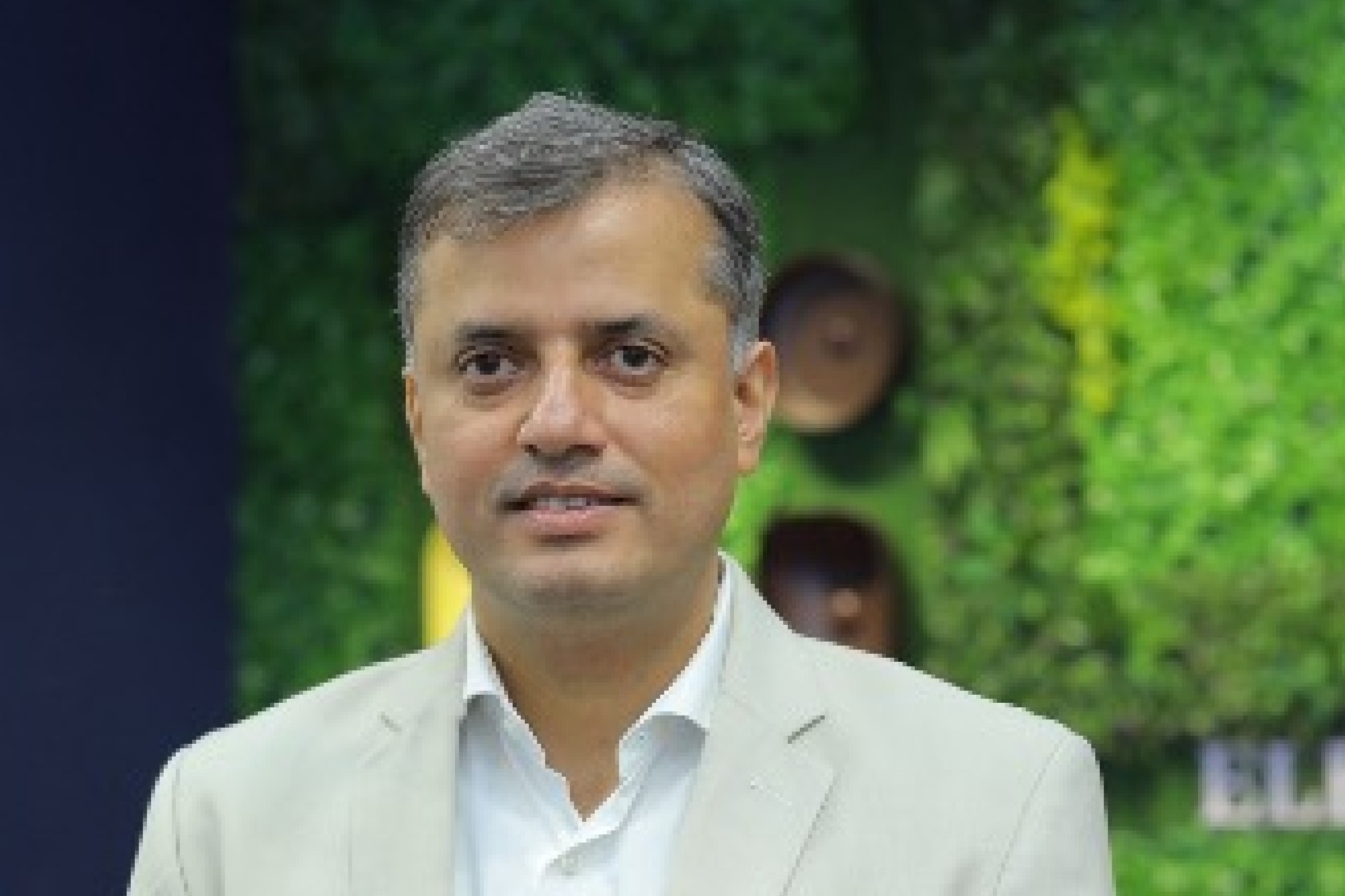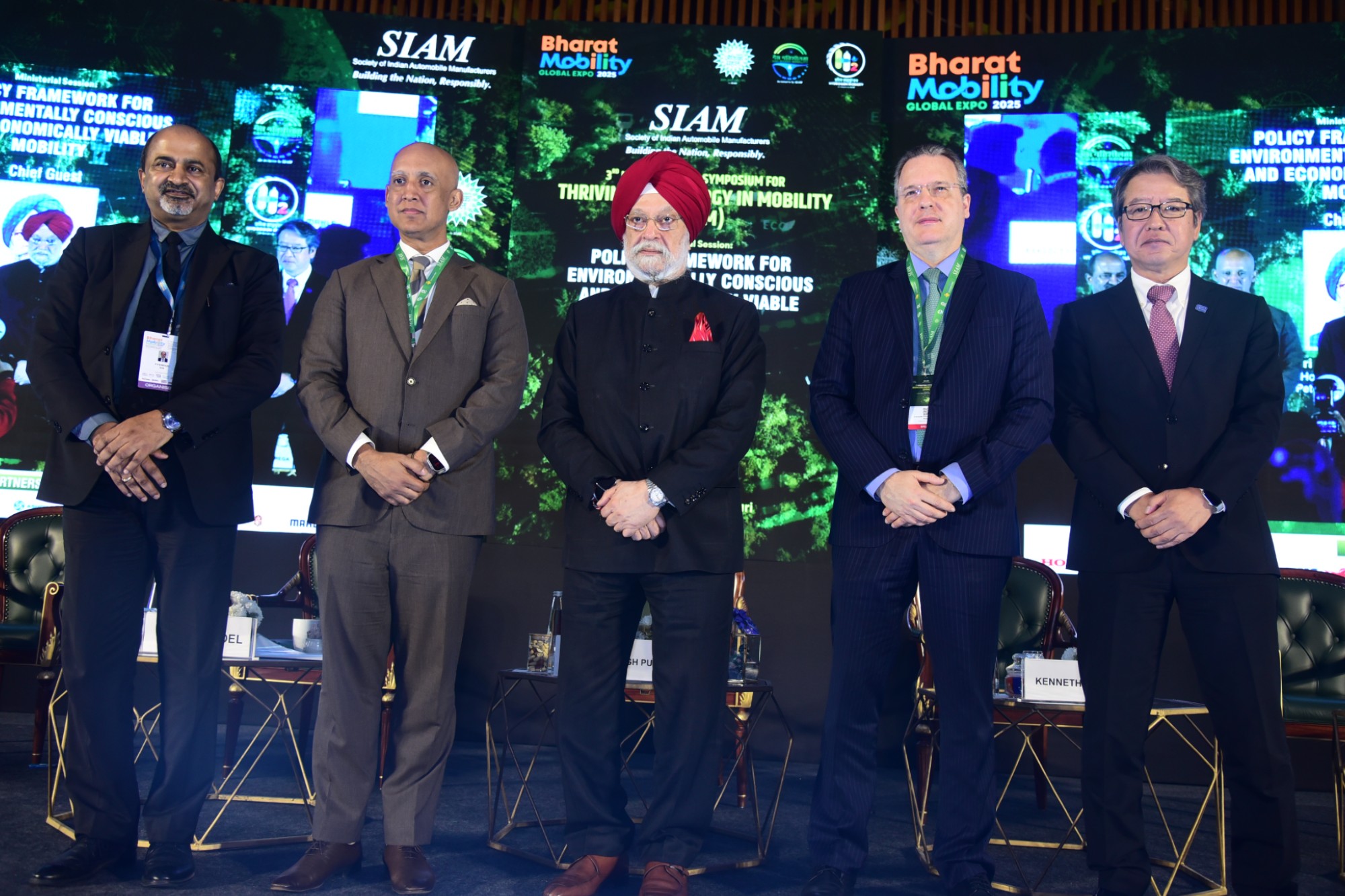Manufacturing Sustainability to Drive Profitability & Growth in next decade
By admin August 19, 2011 5:38 am IST
“Using a sustainable design methodology that borrows key elements from Lean and Six Sigma can help a producer target areas for improvement efficiently and effectively, with minimal risk”, highlights Rajiv Bajaj,Head – Manufacturing Solutions, Autodesk India
The world has undergone a permanent change, and this is especially evident in the manufacturing industry. The costs of materials like wood, copper, and steel which were once plentiful grow ever more expensive and harder to find; energy prices continue to escalate regardless of type and source; and the global problem of waste is becoming more acute. In the post recession era, while all businesses grapple with the new regime of cost control, manufacturers in India are facing mounting pressures to not only increase productivity in the manufacturing process, while also controlling costs, but to ensure more sustainable manufacturing outcomes as well. Sustainability is usually defined as meeting the needs of the present without compromising the ability of future generations to meet their own needs. The sustainability of a manufacturer is measured by the effect of its operations and its products throughout their lifecycle.
As per the Index of Industrial Production quick estimates data for April 2010, the manufacturing sector is achieving a sustainable growth of over 19.4 per cent vis-à-vis April 2009 and industry stalwarts predict that the sector’s contribution to India’s GDP will increase to 25 per cent in the next few years from the current 16 per cent – driven by sectors such as automotive, FMCG, electronics & consumer durables, metal & metal products and forging.
What is even more interesting is that these sectors cut across segments, ranging from large companies, right to smaller firms (SMEs) that are involved in down the line manufacturing. In fact, globalisation has allowed the SMEs to participate at a global level, as down the line suppliers to global manufacturers. With over 4 million entities in India, it is indeed SMEs that are titled to be the growth drivers for the Indian economy. Now, if we want to find the sweet spot between the two big stalwarts of the GDP (manufacturing industry, and the SME segment) Venn diagram logic shows that if SMEs in the manufacturing segment are equipped with the right support and guidance, it will prove a boost to the Indian economy.
Today’s world demand speed, accuracy and flexibility; it is vital that SMEs in the manufacturing industry adopt world-class engineering processes, powered by the most advanced technologies available – without letting go of the overall drive towards a sustainable future. This latter goal is imperative for the SMEs in the manufacturing segment, which is resource-intensive by nature. Common sense dictates that using less materials, energy and water during production and reducing the amount of waste generated will help a business lower its costs and operational footprint. In reality, however, some producers may be reluctant to modify familiar processes based on the chance that they can create the same quality product with fewer resources. The costs of downtime, retooling, worker retraining, safety and performance testing are well known to manufacturers; the benefits of a greener operation are theoretical until proven.
Two factors reduce the risk of updating a production process to improve its sustainability – one is using a proven methodology and the other, a proven technology.
Lean Manufacturing and Six Sigma are well-known process improvement methodologies that target and eliminate waste to drive profitability; they usually improve the environmental performance of a process at the same time. Using a sustainable design methodology that borrows key elements from Lean and Six Sigma can help a producer target areas for improvement efficiently and effectively, with minimal risk. The other way to reduce risk is to take advantage of the latest software technology. The world of technology is certainly not new to the SME. Since the late nineties SME’s have been increasingly adopting digital technologies and applications. Widespread penetration of internet into various levels of businesses and usage of email over the past decade have changed have changed the ways of SMEs operating businesses. Recent developments such as broadband, various wireless applications, XML, 3D Prototyping have had important impact on transaction and communication speed, level of connectivity and the ability to quickly realise designs and ideas. The time for the next stage of technology adoption is NOW, this new decade.
SMEs that use a design platform with digital prototyping capabilities, such as Autodesk Inventor software, can develop a single 3D model that evolves from concept through manufacturing. The model allows the designer to evaluate opportunities to reduce environmental impact throughout the manufacturing process-for example, by reducing weld energy through optimisation of material thicknesses in an assembly.
Making the Product Design Process GreenerIt is worth noting that the greatest environmental impact of some products comes not during their manufacture, but during their useful life or at their end-of-life. Industrial equipment, consumer electronics, cell phones – anything with an on/off switch – may consume many times more energy in a year than was consumed during its production or embedded in its raw materials. In other cases, the choice of materials may be the most critical environmental factor associated with a product. Both issues are of growing importance to customers, supply chain partners and regulators. Products with low eco-footprints offer a lower total cost of ownership, less chance of liability and fewer regulatory hurdles for producers and buyers alike. In short, such products are more competitive than their traditional counterparts are and may fuel a manufacturer’s growth.
To minimise the lifecycle impact of a product, producers can use a sustainable design methodology modelled on proven improvement methodologies. Like Lean and SixSigma, sustainable design ‘starts with the end in mind,’ a clearly defined desired outcome or end state. Because the interplay of inputs and process steps dictates the outcome of a process-or in this case, a product – sustainable design practitioners work backward and analyse the impact of materials choices and production processes on the product’s overall sustainability and the desired outcome. Understanding the interplay allows a designer to modify elements of the process as needed to achieve the desired result. In SixSigma terms, the process output is a function of process inputs {Y= f(X)}, so achieving a specific outcome involves manipulating the input variables until the desired result is achieved.
Optimising for Outcomes with Digital PrototypingOnce the desired outcome is selected (such as lowering energy use during production by 20 per cent), the design team can pick a strategy (reduce the number of heat-treating operations) and analyse the inputs and process steps to understand the impact of each on the outcome. The team can then integrate all design data into a single digital model, streamlining the design process and improving communication. . As the model develops it becomes a more accurate digital prototype of the product, reflecting the material attributes such as weight, strength and recycled content, and process attributes such as energy intensity and water consumption.
Cookie Consent
We use cookies to personalize your experience. By continuing to visit this website you agree to our Terms & Conditions, Privacy Policy and Cookie Policy.





